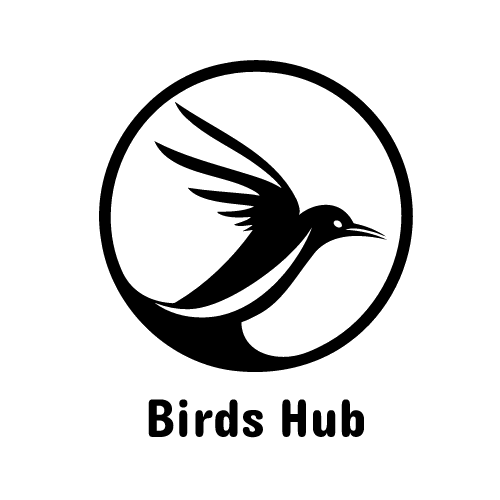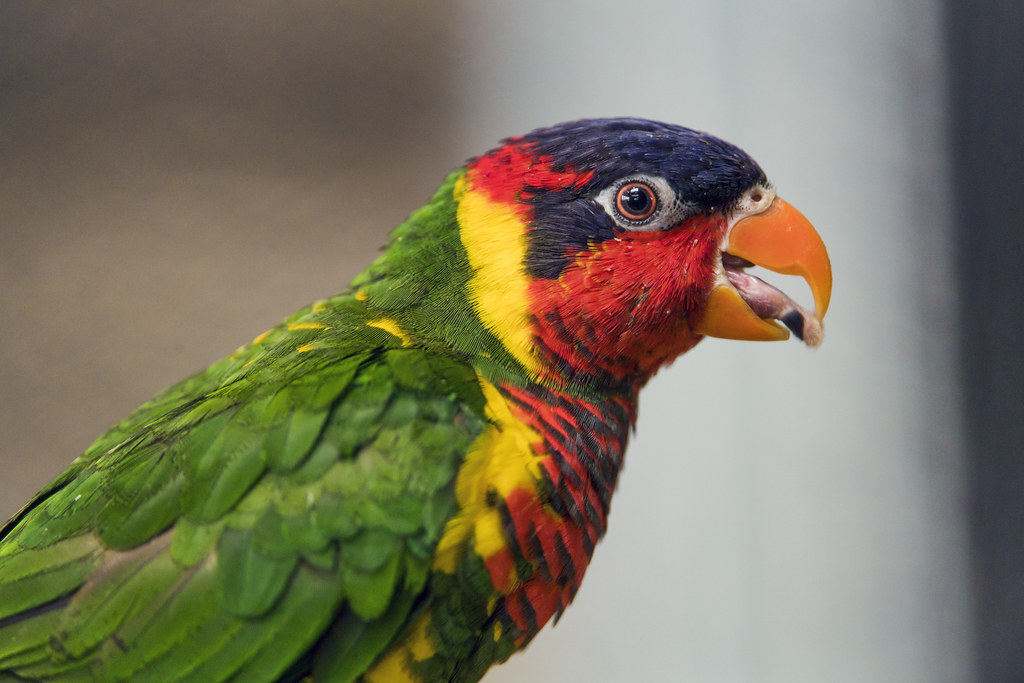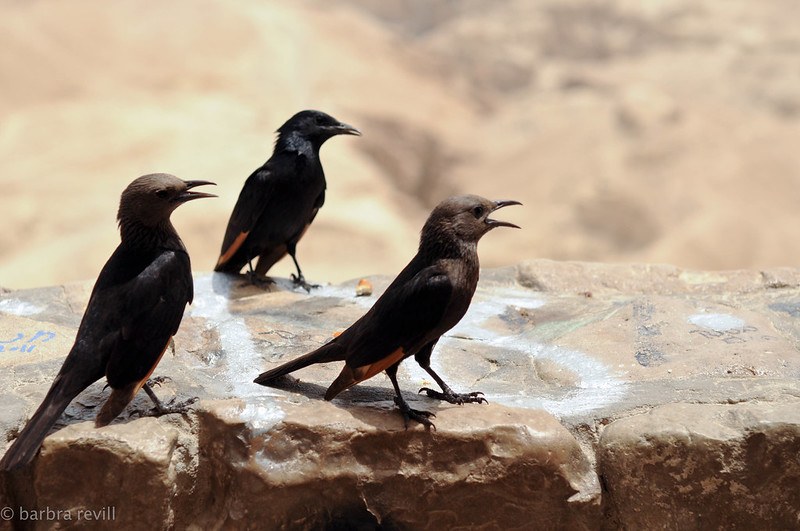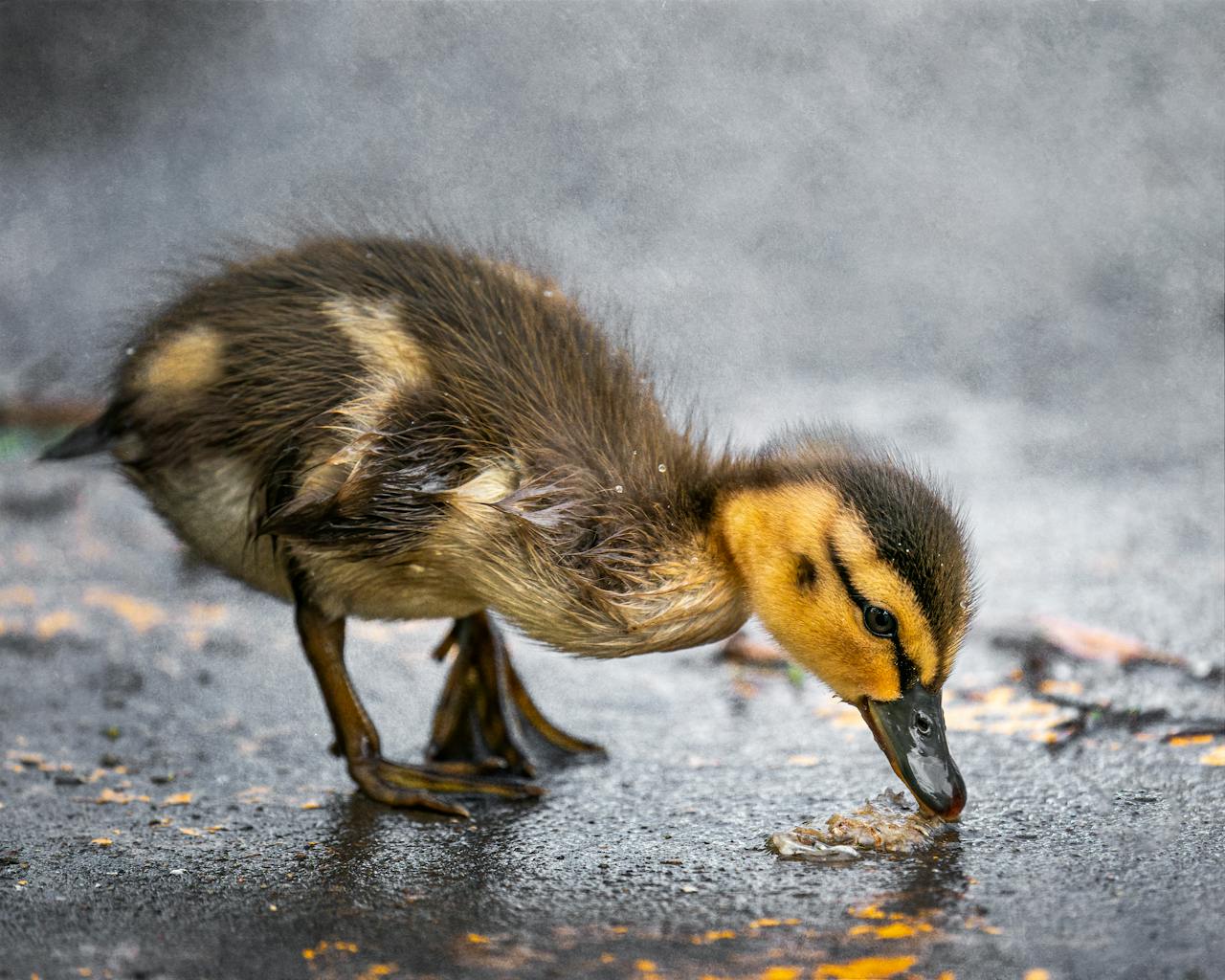Birds have tongues. The tongue is a muscular organ of the mouth that is used for tasting, manipulating food and drink, and swallowing. Birds’ tongues are adapted for these functions, as well as for the production of vocalizations. The tongue is muscular, although in many species it has no bones and is made of keratin like beaks and claws.
The tongue is located at the bottom of the beak. A bird’s tongue can only touch the top of its mouth. The fleshy tongue helps them swallow food and also helps them clean their feathers by raking it through their feathers like we use a brush.
A bird’s tongue is a lot like your own tongue, but much more muscular. The bird’s tongue is usually forked too, which helps them grab food items that are small and can be moved around by the tongue and the bill.
Do All Bird Have Tongues?
The answer is yes. All birds have tongues. Birds do not have teeth, but they do have beaks. The tongue is used to help manipulate food and also helps in swallowing. It is made of a tough material and can be used to break up food that is too large.
To lap water, birds use their tongue like a straw, sucking the water into their mouth. This is most noticeable when you see a bird drinking from a water fountain or other running water source.
The tongue plays an important part in the digestive system as well. When birds swallow, the tongue pushes food to the back of the throat, where it is then passed down the esophagus into the crop and on to the stomach.
Birds don’t chew, so they need to rip apart larger foods or swallow them whole. The tongue helps with this by pushing the food down into their throat to begin digestion.
Do Birds Have Tongues and Teeth?
Birds do have tongues, but they are not the same as ours. Their tongues are usually made of muscle and covered in a thick, sticky coating of mucus, which helps them pick up food. Birds don’t have teeth as we know them; their beaks serve that purpose instead.
Some birds do have small “teeth” — short, sharp spikes called tomia — on their upper and lower jaws, but they are mainly used for cracking seeds and nuts.
Birds have a wide variety of feeding strategies based on their habitat. Their diets consist mainly of seeds, fruit, nectar and insects, depending on the species. Most have a bill adapted for eating that type of food, although some birds have bills with more than one function.
How Different Are Bird Tongues to Humans?
The birds’ tongues are very different from humans’ in a number of ways. First, the muscles that move the tongue are much larger in birds. Additionally, bird tongues lack taste buds, making it difficult for them to identify food by taste. Birds usually have to rely on their sense of smell to identify food.
The structure of the tongue is also very different in birds than it is in humans. In humans, the tongue is flat and has an even surface area for tasting food. In birds, the surface area of the tongue is uneven because it contains papillae (very small bumps) which help them hold onto insects as they eat.
Birds also have a sticky saliva which allows them to swallow small insects whole and prevents those insects from escaping from the mouth during digestion. Humans do not have this sticky saliva and must chew their food before they can swallow it.
Not only are bird tongues very different from human tongues, but they also perform very different functions than human tongues do. Birds’ tongues are very small in comparison to their beaks. They also contain tiny hooks that help them catch insects while drinking water.
Which Bird Has the Longest Tongue?
The Hairy Woodpecker (also known as the Downy Woodpecker) has the longest tongue of any bird in North America. The tongue is about 10 cm (4 inches) in length, and it’s used to spear and feed on insects which are then swallowed whole.
Woodpeckers have tongues that are adapted for eating ants and other small insects. Their tongues are approximately twice their bill length and are covered with sticky saliva to capture the insects. The sticky saliva also helps the birds keep from getting stuck to tree bark when they are pecking away.
Do Birds Have a Sense of Taste?
Yes, they do! In fact, the sense of taste is not only one of the most important senses in birds, but also has the widest range. Taste buds are scattered all over their bodies and even on their feathers. Birds have an innate ability to distinguish between the different tastes they encounter.
Taste is useful for birds as they find food, avoid toxic substances and select mates. Birds can taste with their bills, feet and skin as well as with their tongues.





Leave a Reply